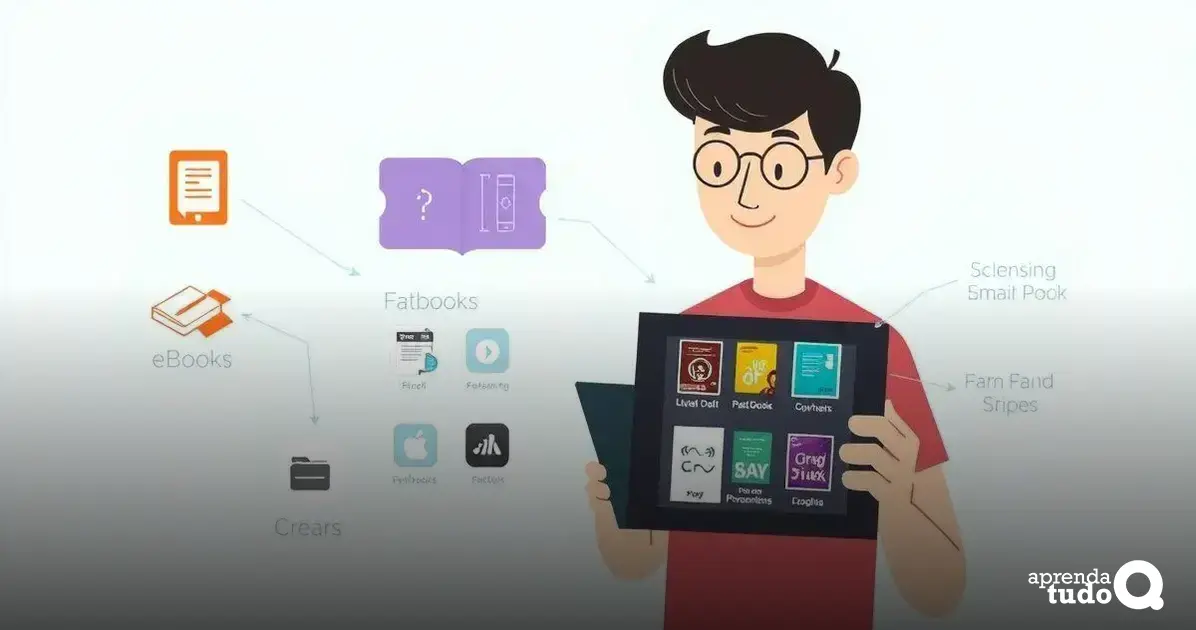Smart reading apps have grown in popularity because they offer unique advantages that traditional reading cannot match.
For example, these apps allow you to highlight text and take notes right on your device.
You can easily return to important sections later, making your reading experience more efficient.
Additionally, many smart reading apps come with options for customisation.
You can adjust the font size, colour themes, and even background lighting to suit your preferences.
This customisation makes reading comfortable, and it can help those with visual impairments enjoy books more easily.
Lastly, smart reading apps often include social features that let you share your reading progress with friends.
You can recommend books, discuss plots, and even participate in online book clubs.
This social interaction adds a fun element to reading, making it a shared experience that brings people closer together.
Smart reading apps have transformed the way we engage with literature in our digital age.
These apps combine technology with reading, offering innovative features such as interactive interfaces and customisable reading settings.
What are Smart Reading Apps?
Smart reading apps are designed to enhance your reading experience by making it more interactive and enjoyable.
They use technology to turn traditional reading into a digital adventure.
With features like adjustable font sizes, background colours, and even audio options, these apps cater to different reading styles and preferences.
One of the best things about smart reading apps is their ability to store a vast library of books and articles right on your device.
This means you can carry your entire reading list with you wherever you go.
Plus, many apps offer recommendations based on what you like, making it easy to discover new titles that match your interests.
Smart reading apps also often include tools that help you track your reading progress.
You can set goals, highlight passages, and add notes all within the app.
This makes it simple to engage with the content, enhancing your understanding and retention of what you read.
They truly are a modern way to revolutionise your reading experience.
Top Features of Smart Reading Apps
Smart reading apps come packed with amazing features that make reading more enjoyable. One standout feature is the ability to customise text settings.
Users can adjust the size, style, and colour of the font to suit their preferences.
This means that whether you like large, bold text or a softer colour scheme, there’s something for everyone.
Another excellent feature is the built-in dictionary and thesaurus.
When you come across an unfamiliar word, you can quickly look it up without leaving the app.
This feature helps expand your vocabulary and enhances your understanding of the text, making each reading session much more enriching.
Moreover, smart reading apps often include note-taking and highlighting tools.
You can easily mark important passages and jot down your thoughts as you read.
This makes it simple to revisit your favourite sections and keeps your ideas organised.
With these features, smart reading apps truly revolutionise how we enjoy books.
Benefits of Using Smart Reading Apps
Using smart reading apps offers numerous benefits that enhance your overall reading experience. One of the main advantages is convenience.
With these apps, you can carry an entire library in your pocket. No more heavy books to lug around!
You can access a wide range of titles anywhere and anytime, making it easy to read on the go.
Another significant benefit is the ability to track your reading progress.
Smart reading apps often come with features that show you how much you’ve read and how much is left.
This can motivate you to set and achieve reading goals, which makes reading more rewarding.
Additionally, many smart reading apps offer personalised recommendations based on your reading habits.
This helps you discover new books that you might love but wouldn’t have found otherwise.
With the right app, you can continuously explore new genres and authors, keeping your reading exciting!
How to Choose the Right Smart Reading App

Choosing the right smart reading app can feel overwhelming, but it doesn’t have to be. Start by identifying your reading habits.
Do you prefer eBooks, audiobooks, or articles? Some apps focus more on one type of content.
Knowing what you want to read will help narrow down your options.
Next, consider the features that matter most to you. Do you want customisable settings, built-in dictionaries, or the ability to take notes?
Different apps have different features, so make a list of what you think will enhance your reading experience.
This way, you can compare apps based on your unique preferences.
Finally, look at the app’s user reviews and ratings. Feedback from other users can give you insight into how well the app works.
Also, consider trying out a few apps for free, if available. This hands-on approach allows you to figure out which app feels the best for your reading style.
Comparing Popular Smart Reading Apps
When comparing popular smart reading apps, it’s important to look at what each one offers.
For example, Kindle is well-known for its vast library of eBooks.
It also has great features like highlighting and a built-in dictionary.
This makes it a top choice for those who love to read traditional books in a digital format.
Another popular option is Audible, which is perfect for audiobook lovers. It offers a fantastic selection of audiobooks and has a user-friendly interface.
With features like bookmarks and speed control, it’s easy to listen to your favourite stories while doing other activities.
Finally, there’s Google Play Books, which combines both eBooks and audiobooks. It allows users to switch between reading and listening seamlessly.
Its integration with Google services means you can access your books from any device.
This versatility makes it a strong contender for readers who enjoy a mix of content.
The Future of Smart Reading Apps
The future of smart reading apps looks bright as technology continues to evolve.
We can expect to see more features that make reading even more interactive and engaging.
For instance, apps may soon include augmented reality elements, allowing readers to experience stories in new and exciting ways.
Imagine reading a book where characters come to life right in your living room!
Additionally, artificial intelligence will play a big role in personalising the reading experience.
Smart reading apps could adapt to your preferences over time, suggesting books that match your mood or interests.
This means every time you open the app, you may find something new and exciting waiting for you.
Lastly, community features may become more popular in smart reading apps.
Readers could join groups, share recommendations, and discuss their favourite reads with others.
This sense of community can enhance the reading experience, making it more social and connected.
The future of reading apps is all about making reading more enjoyable and accessible to everyone.
Smart reading apps have become a vital tool for readers of all ages.
They allow users to access a wide range of books, articles, and other reading materials from anywhere.
This convenience makes it easy for people to enjoy their favourite stories and learn new things on the go.
With just a few taps, you can discover new authors and genres at your fingertips.
Another significant advantage of reading apps is their interactive features.
Many apps offer adjustable settings, which help cater to individual reading preferences.
You can change the font size, background colour, and even listen to audiobooks.
These options not only create a comfortable reading environment but also make reading accessible for people with different needs.
Moreover, reading apps often include tools for tracking your progress.
You can view how much you’ve read and set reading goals to keep yourself motivated.
This tracking aspect makes reading more engaging and encourages users to make it a daily habit.
With these benefits, it’s clear how reading apps can revolutionise your reading experience.






